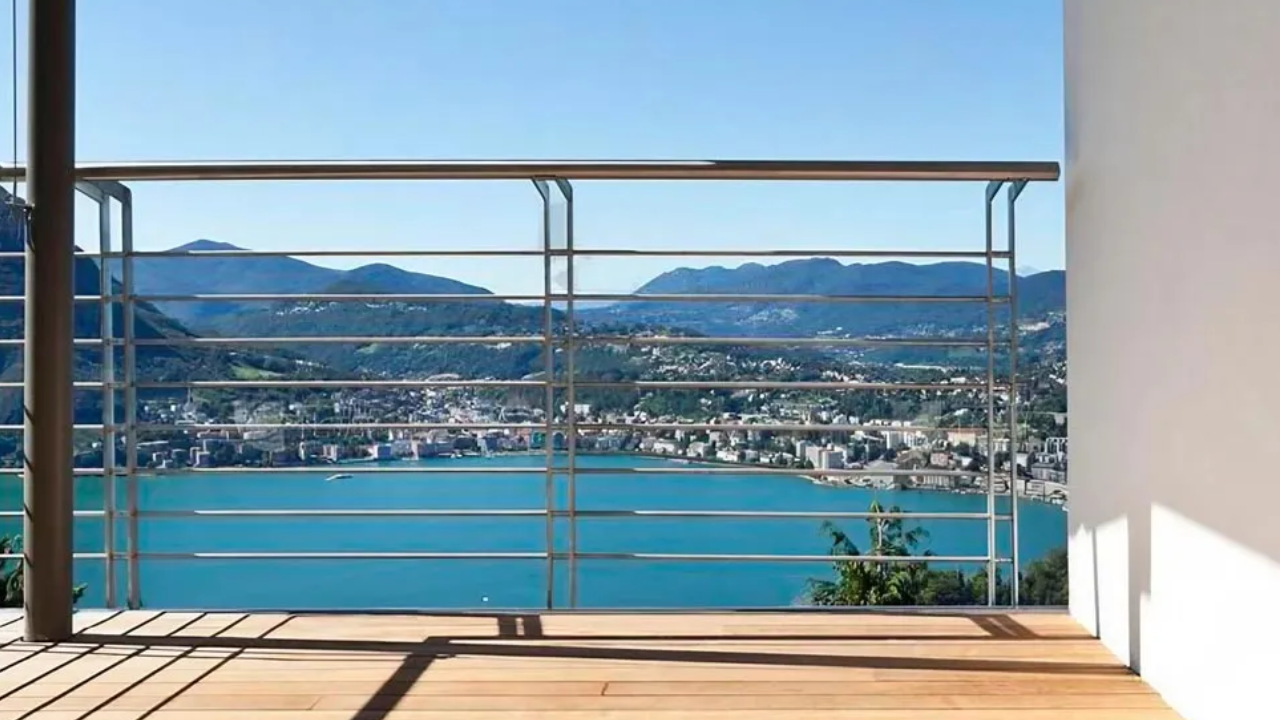Perforated facade architecture involves the use of panels with holes or patterns to create visually hanging and functional building exteriors. Those facades are designed to enhance aesthetic attraction, control light, and airflow, and enhance energy efficiency. To learn more about perforated facade panels visit our website. Perforated facades are often made from materials consisting of steel, glass, or composite materials, and the styles can be custom-designed to attain distinctive layout effects.
The perforations permit natural light to clear out through, lowering the want for artificial lighting, and they can also provide color, decreasing sun heat advantage and improving indoor consolation. Additionally, perforated facades contribute to a construction's environmental sustainability with the aid of enhancing thermal performance and decreasing power intake. This architectural technique may be carried out in both commercial and residential buildings, supplying versatility in design and functionality.
Creative Design Solutions For Facades
This article explores how perforated facades enable innovative and creative layout solutions, highlighting their versatility, sustainability, and ability to transform architectural expression.
Versatility In Style
One of the maximum putting functions of perforated facades is their aesthetic flexibility. The process of perforation allows for complex styles and designs that can be tailor-made to a construction's context and purpose. Designers can use perforated panels to create precise visual identities, integrating artistic factors into the facade that alternate appearance with various light situations and angles of view. This flexibility helps a wide variety of architectural patterns, from modernist minimalism to complicated ornamental patterns, making sure that the facade enhances the construction’s surroundings and useful necessities.
Overall Environmental Performance
Sustainability is a key consideration in modern-day structure, and perforated facades contribute drastically to this aim. The perforated layout can decorate a building’s environmental overall performance with the aid of enhancing natural airflow. The gaps within the facade allow for air circulation, decreasing the want for mechanical cooling and heating systems. This passive airflow enables holding cozy indoor temperatures and reduces energy intake, contributing to decreased carbon footprints
Innovative Material Use
The utility of perforated facades has brought about the revolutionary use of materials. Metals, glass, concrete, and composites can all be perforated to create various effects, each imparting wonderful benefits in phrases of energy, weight, and thermal residences. Superior production technologies, consisting of laser slicing and CNC milling, enable precise and complex patterns that were formerly inconceivable. This innovation in the material era lets architects discover new design opportunities and integrate perforated facades right into a broader range of construction types and scales.
Integration With Technology
Cutting-edge perforated facades regularly incorporate technological elements, improving their capability and interplay with customers. For example, smart facades can consist of sensors that alter the perforation patterns in reaction to environmental conditions, optimizing light and temperature management at some stage in the day. Moreover, perforated panels can combine LED lighting fixtures or digital presentations, allowing for dynamic and interactive layout capabilities that evolve with changing conditions or events.
Contextual Adaptation
Perforated facades offer first-rate adaptability to special urban contexts and climates. In densely populated regions, they can provide visual interest and identification whilst addressing privacy and noise concerns. In varying climates, perforation styles can be designed to mitigate harsh sun publicity or decorate pass-air flow, making them appropriate for a variety of geographic and environmental conditions.
Conclusion
Perforated facades are a testament to how architectural innovation can harmonize shape and function. By using harnessing the potential of perforation, architects and architects free up new innovative avenues, decorate environmental performance, and cope with sensible wishes in present-day buildings. As generation and materials continue to advance, the role of perforated facades in shaping the destiny of architecture will most effectively grow, providing ever more sophisticated answers to the demanding situations of modern-day design.


